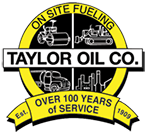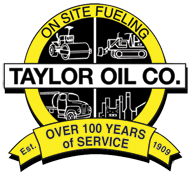Vessel Fueling: What to Know
Fueling your vessel takes care and attention. Just like fueling your car, there are certain rules to follow for your safety, the boat’s safety and that of everyone around you. The first rule is: never fuel at night unless you have to due to an emergency. In this event, use only electric lights, and attempt the fueling far away from the water or at least on a commercial fueling ramp. Here are some more tips:
Prior to Fueling
- Securely dock the boat and make sure all passengers are off the boat.
- Tell everyone to refrain from smoking or striking a match in the vicinity of the boat.
- Check the fuel lines and vents, as well as connections.
- Close all windows, ports and doors so fumes can’t get in.
- Turn off engines, fans or electrical equipment that could cause a spark.
- Shut off the fuel valves and put out all open flames on galley stoves and pilot lights.
- Fill portable fuel tanks on the dock, not on the boat.
During Fueling:
- To prevent static, keep the nozzle of the fuel-pump hose in contact with the tank opening.
- Be careful so as not to spill fuel into the boat’s bilge or the surrounding water.
- Don’t top off the tank. Leave room for the gas to expand. If you have a personal water craft (PWC), don’t tip it to fill the tank to the top. Extra gas could spill over into the water.
After Fueling:
- Mop up any fuel you may have spilled.
- Open up all windows, ports and doors that you had closed earlier.
- If you have a PWC, open the engine compartment door and determine if you can smell gas fumes. If so, find the source and get it repaired.
One side note: if you have a power ventilation system, turn it on for a few minutes after fueling and prior to starting the engine to get out all gas vapors in the bilge.
If you need more tips for fueling your vessel, or you would like to hire a professional for this job, call Taylor Oil today. We specialize in on-site marine fueling.


